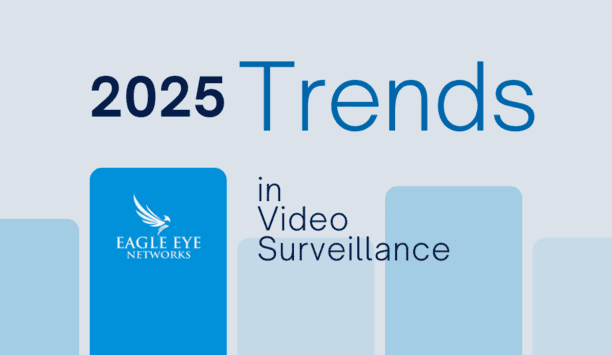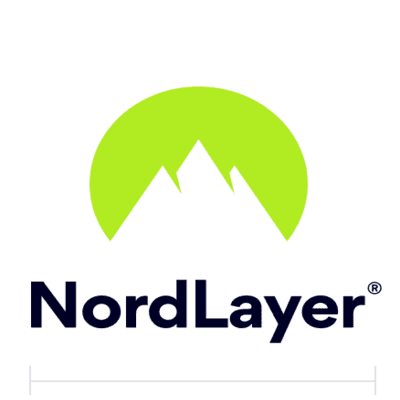What are the unique challenges of the government market for security?
Editor Introduction
Factors such as stable demand and large contracts make the government market particularly enticing for security companies and professionals. However, entering and thriving in the government market presents a number of challenges. We asked this week's Expert Panel Roundtable: What are the unique aspects of the government market, and how should the industry adapt?
Additional policies and guidelines apply when delivering security services to a government. Many of these requirements have been around for some time, covering things like what security clearances personnel must have, where the work can take place, and where data may be stored. In the interest of more cost-effective service delivery, some governments have relaxed data residency requirements and embraced the cloud. Others still treat them as hard rules that apply to all their data. The industry can adapt by keeping abreast of government requirements as they evolve, pursuing new credentials and adjusting their solutions as needed. With budget pressure and increasing demand for more efficiency, security vendors can help governments identify cases where data residency requirements can be lessened and understand the trade-offs they are making when they hold fast to historical requirements that all data remain in the same country where they reside.
The government market presents unique challenges and opportunities for the security industry due to its specific requirements, regulations, and procurement processes. The challenges would include firstly the regulatory challenges, as government agencies tend to be subject to strict regulations and standards for security with sometimes onerous procurement processes. They also typically have a much longer sales cycle, with multiple stages of evaluation and approval and complex legal agreements. However, government agencies are increasingly open to innovative technologies that enhance security capabilities. Contracts also tend to be higher in value with more assurance of on-time payment. Successfully delivered contracts also offer strong track records and case studies for other sectors.
When it comes to security in the government market, funding is a primary concern. Unlike other industries where funding comes from investors or customers, government funding is derived from public taxpayer dollars, allocated budgets, and grants. This creates unique challenges in purchasing security technology – as government agencies must demonstrate absolute confidence in ROI, vendor reliability, and community support, often with limited resources to conduct comprehensive research. These constraints hinder innovation and digital transformation across government agencies. However, it's critical to continually adapt strategies to meet citizens' demands and foster overall success and growth. Cross-departmental collaboration such as sharing video streams, video metadata, and actionable information can ease funding constraints on one department and enhance overall efficiency and cost-effectiveness. While it may not be feasible to achieve everything, having a clear vision and scalable solutions can help agencies progress and adapt to changing times.
The government market often relies on a bidding process in their procurement process. Industry can take this into account by carefully tailoring solutions to those bids and creating necessary partnerships with manufacturers to be successful with those bids.
Addressing the challenges of the current government/public-sector market requires innovative solutions tailored to meet unique requirements. Three key aspects stand out: funding constraints, network and information security concerns, and the need for open-source, commercial off-the-shelf AI capabilities to disrupt an ageing, analog-centric environment. Government agencies often grapple with budget limitations that hinder their adoption of modern surveillance technologies. They desperately need to reduce man-hours for video analysis by deploying AI-based video analytics at scale. These solutions enable government users to address pixel-based false alarms, enhance real-time response efficiency, and more. For this reason, finding solutions that optimise resource allocation help overcome budget constraints by providing a quantifiable return on investment. Data privacy is paramount in government surveillance and finding solutions that prioritise the safeguarding of sensitive information while still providing the valuable information needed to enhance safety is no easy task. Technology providers must support their government customers by educating themselves on Authority to Operate (ATO) certifications and by adhering to stringent data and network security protocols. Lastly, collaboration between technology partners and government agencies is essential.
The federal market is unique, primarily due to a complex regulatory environment directly associated with process, performance, procurement, and compliance (examples – FIPS, NIST, ISO, ICAM, CMMC, NDAA, TAA/BAA). Compliance is influenced by continued evolution of cyber/data security maturity modelling. Historically, government has relied on segregated technologies for single problem sets without understanding the broader scope of the application and interconnectivity with existing systems. Modernising requires cross-functional collaboration internally and between manufacturers, but also an understanding of technology convergence that lies ahead and how best to capitalise on it. Modernisation for government is a multidimensional approach. Advancements in technology and integrated solutions generate competitive market strategies. Manufacturers must stay in tune with customer needs and demands, and pivot when deemed justifiable. Product innovation should be at the forefront of all strategic planning. Cooperative relationships, alliances with supporting product manufacturers, and a clear understanding of current and future needs are foundational in defining the characteristics of a government common operating environment.
The government market, with its compliance requirements, siloed technologies, and complex procurement processes, often presents unique challenges. Federal agencies adhere to strong standards, and they seek vendors who meet these while bolstering the agency’s physical and cybersecurity. Integrators and manufacturers who work with government entities can stay aware of these standards while being flexible to adopt new ones as they are issued. A unified platform further assists. Each time a federal government agency wants to implement or update a system, the team completes an authorisation to operate (ATO). With siloed systems, this entails multiple ATO processes. With a unified system, teams save time and resources by completing one ATO. During day-to-day operations, the unified platform breaks down silos. Personnel can monitor cameras, door readers, biometric scanners, intrusion, perimeter sensors, and other systems from one interface. They can even share system access with other government agencies to promote collaboration.
The government market is different from any market I have ever worked in. It is all about gaining the trust of the people you meet and showing them a solution that will work 100% of the time and meets their compliance regulations, as they won’t settle for anything less. The government market is not one that you just enter overnight, it takes time, knowledge, and connections to make the right entrance. There are several tradeshows and conventions that focus solely on the government market. If you are interested in learning more about it, I highly encourage anyone from the security industry to go to one of these events.
Editor Summary
Complexities related to compliance and procurement can present obstacles for any security company seeking to enter the government market. As our Expert Panellists point out, cyber security concerns are also paramount. Given the longer sales cycles and requirements to deal with an often ageing and/or siloed technology environment, the riches of succeeding in the government market come with challenges. However, the security industry is well-equipped to adapt to the needs of the government market.
- Related categories
- Power supplies & batteries
- Bollards
- Barricades
- Video servers (IP transmission)
- Gates
- Barriers
- Storage
Expert commentary
A modern guide to data loss prevention
Download7 proven solutions for law enforcement key control and asset management
DownloadSecurity practices for hotels
Download2025 Trends in video surveillance
DownloadMaximising security and performance
DownloadDelta Scientific DCS8000 Bi-Fold Speed Gate
ASSA ABLOY Aperio H100 Wireless Access Control Handle
NordLayer: Comprehensive Network Security for Modern Workforce






















